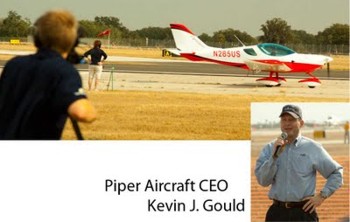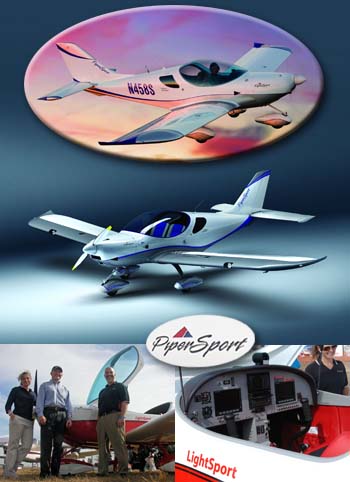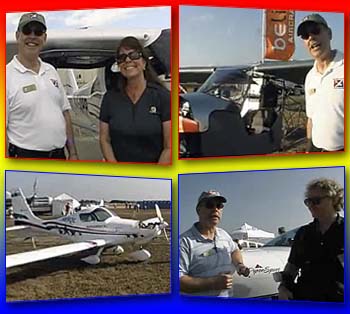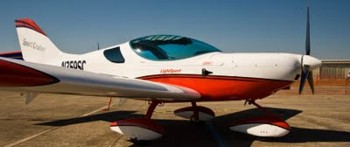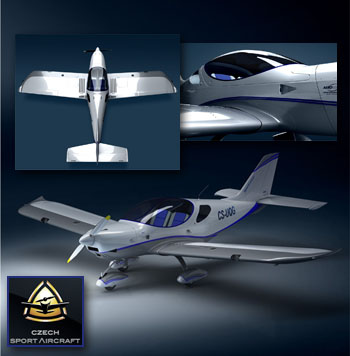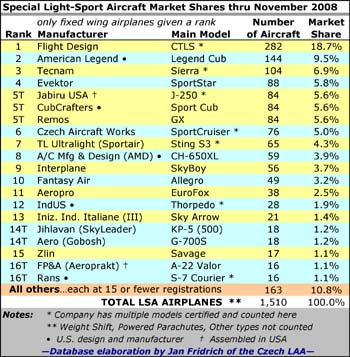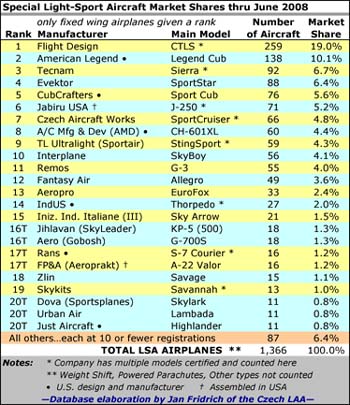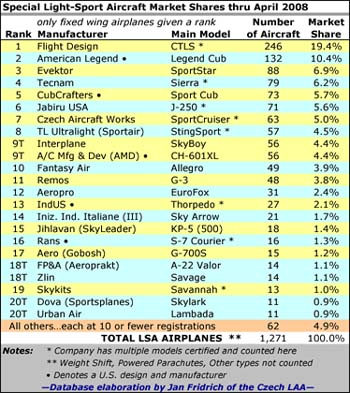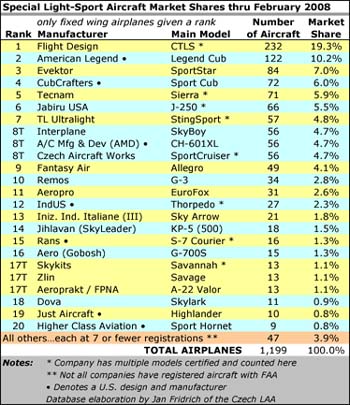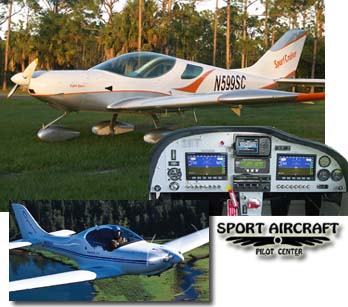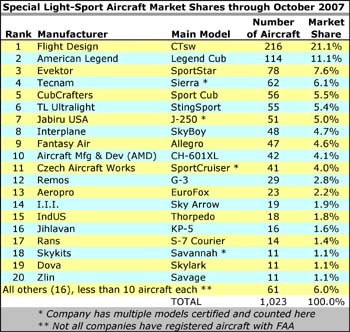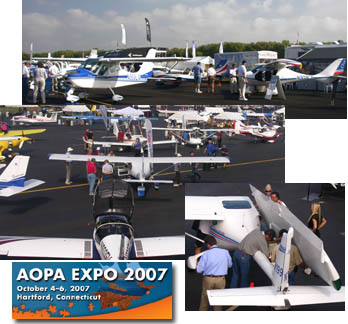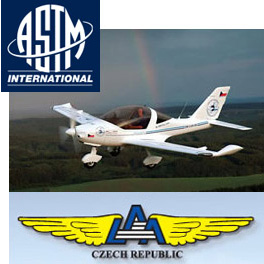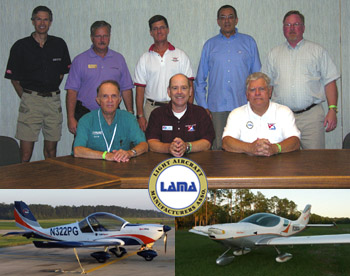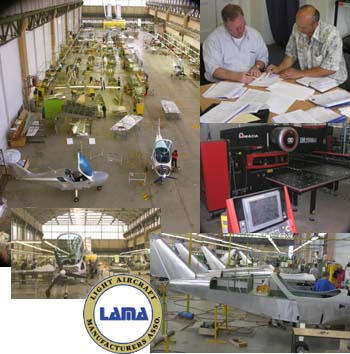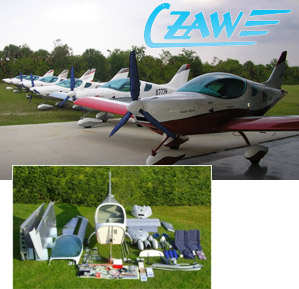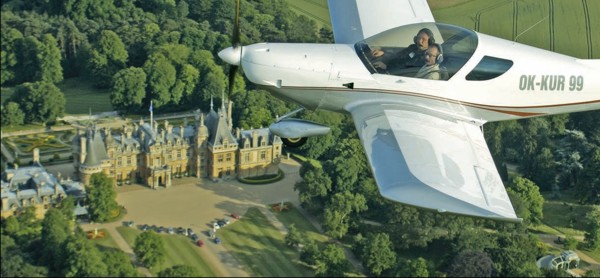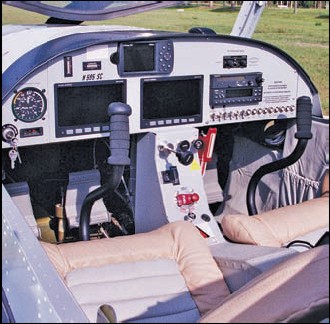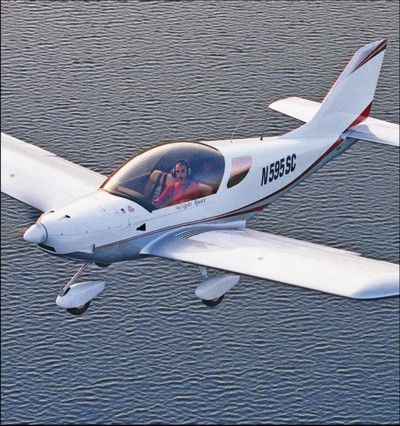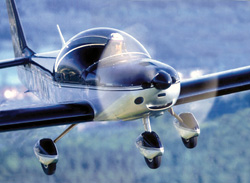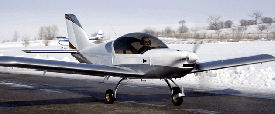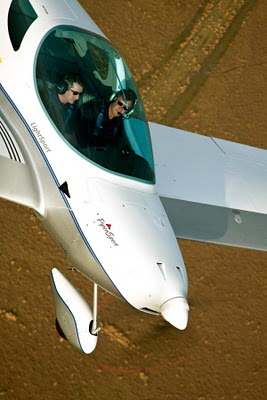
If you’ve checked into Facebook since January you may know that PiperSport has its own page that you can become a fan of (I am, along with 9,200 others so far!) *** What you probably don’t know is there’s a fascinating video interview that chronicles why and how Piper decided to add social media such as Facebook and YouTube to its marketing strategy for the already-popular LSA. *** Very very interesting, and likely a sign of future marketing efforts from ad-cash-starved LSA makers. *** To date, the only other company I know that has a Facebook presence is Gobosh, and they’ve been there for some time. *** I won’t reprise the entire video clip (it’s well worth watching), but here are some of the highlights: *** Back in January, Piper’s content creators were tasked with making a video for the imminent launch of the PiperSport (the rebadged, “Piperized” CZAW SportCruiser). They also had to set up a Twitter feed, YouTube channel and the Facebook fan page.



